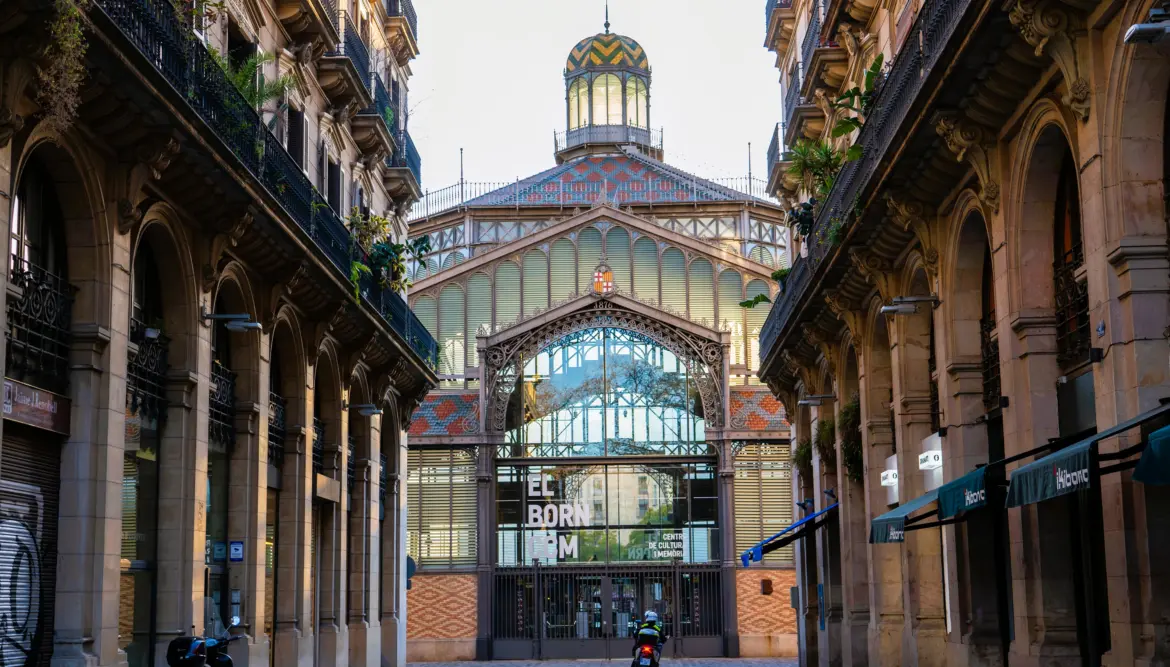Hola, travel lovers!💕 There’s a place in Barcelona where the city’s spirit truly comes alive, where Gothic arches meet designer storefronts, and centuries-old cobblestones echo with the hum of café chatter and music. That place is El Born, one of the city’s most charismatic and artistic districts.
Tucked between the Gothic Quarter and Parc de la Ciutadella, El Born is both ancient and effortlessly cool, a blend of medieval history and modern creativity. It’s where narrow lanes twist into quiet courtyards, balconies bloom with flowers, and every street corner feels like a story waiting to unfold. As you wander, you’ll find hidden boutiques, artisan workshops, candlelit bars, and one of the most stunning Gothic churches in Spain. But more than its sights, El Born offers something deeper, a sense of intimacy, of life lived slowly and beautifully.
A Neighborhood with Soul
El Born’s origins date back to the 13th century, when it served as a vibrant market district for merchants and craftsmen. Its proximity to the sea made it a hub for trade, and its main avenue, today’s Passeig del Born, was once the stage for medieval tournaments and celebrations. Over time, the neighborhood evolved into a cultural crossroads. It survived wars, fires, and the transformation of the city itself, yet its essence never changed. Walking its streets today, you can still sense that blend of resilience and artistry.
The name ‘El Born’ comes from the Catalan word ‘born,’ referring to the jousting field where medieval tournaments took place. Even now, the district retains that spirit of spectacle and energy. The wrought-iron balconies, stone façades, and tiny artisan stores seem frozen in time, but step inside, and you’ll find design studios, concept stores, and galleries redefining modern Catalan style.
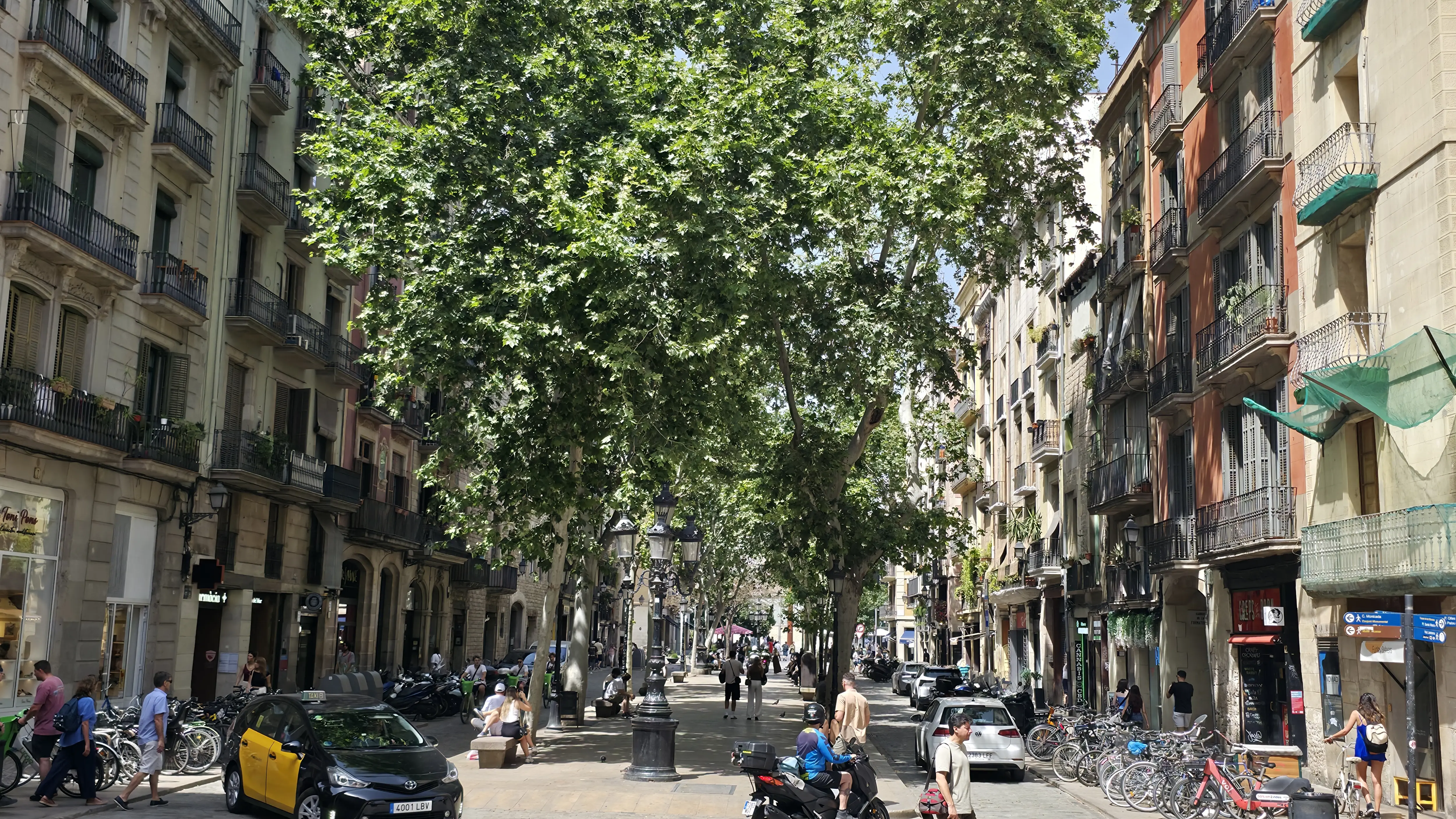
This is a neighborhood that reinvents itself constantly while staying rooted in its past, a living museum of Barcelona’s creative DNA.
What to See & Do in El Born
1. El Born Cultural Centre (El Born CCM)
At first glance, this might look like a beautifully restored 19th-century market hall. But step inside, and you’ll discover archaeological ruins of Barcelona as it stood in 1714, preserved beneath glass walkways. Here, history feels tangible: bakeries, homes, and workshops from a vanished city lie just below your feet. The El Born CCM doesn’t just display history; it tells stories of the city’s resilience after the War of the Spanish Succession. It’s a humbling and emotional experience, one that connects modern Barcelona to its deepest roots.
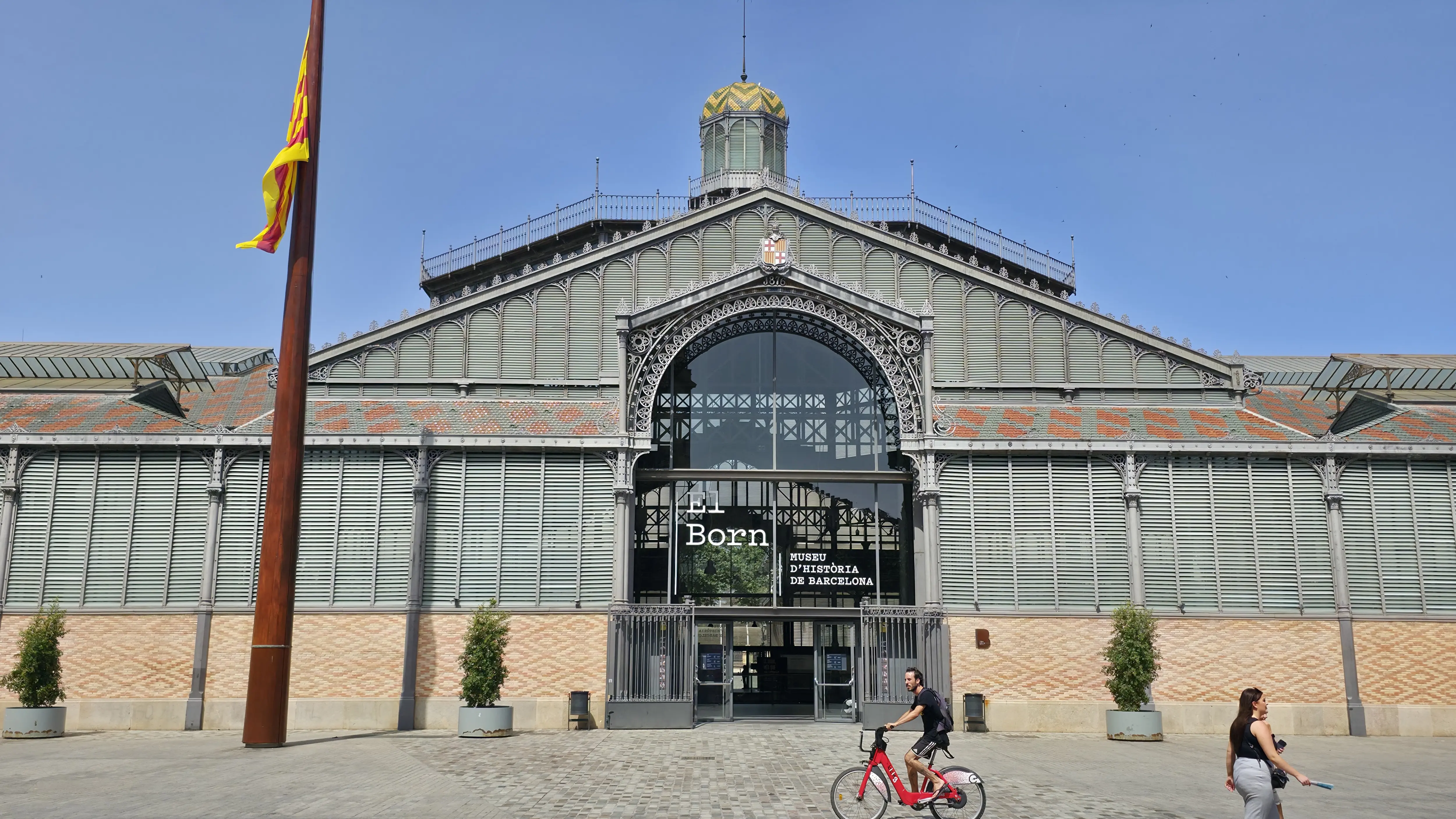
2. Santa Maria del Mar
No visit to El Born is complete without stepping inside this breathtaking Gothic Basilica. Known as “The Cathedral of the Sea,” it was built entirely by local shipbuilders and merchants in the 14th century, a true labor of devotion by the people of the neighborhood.
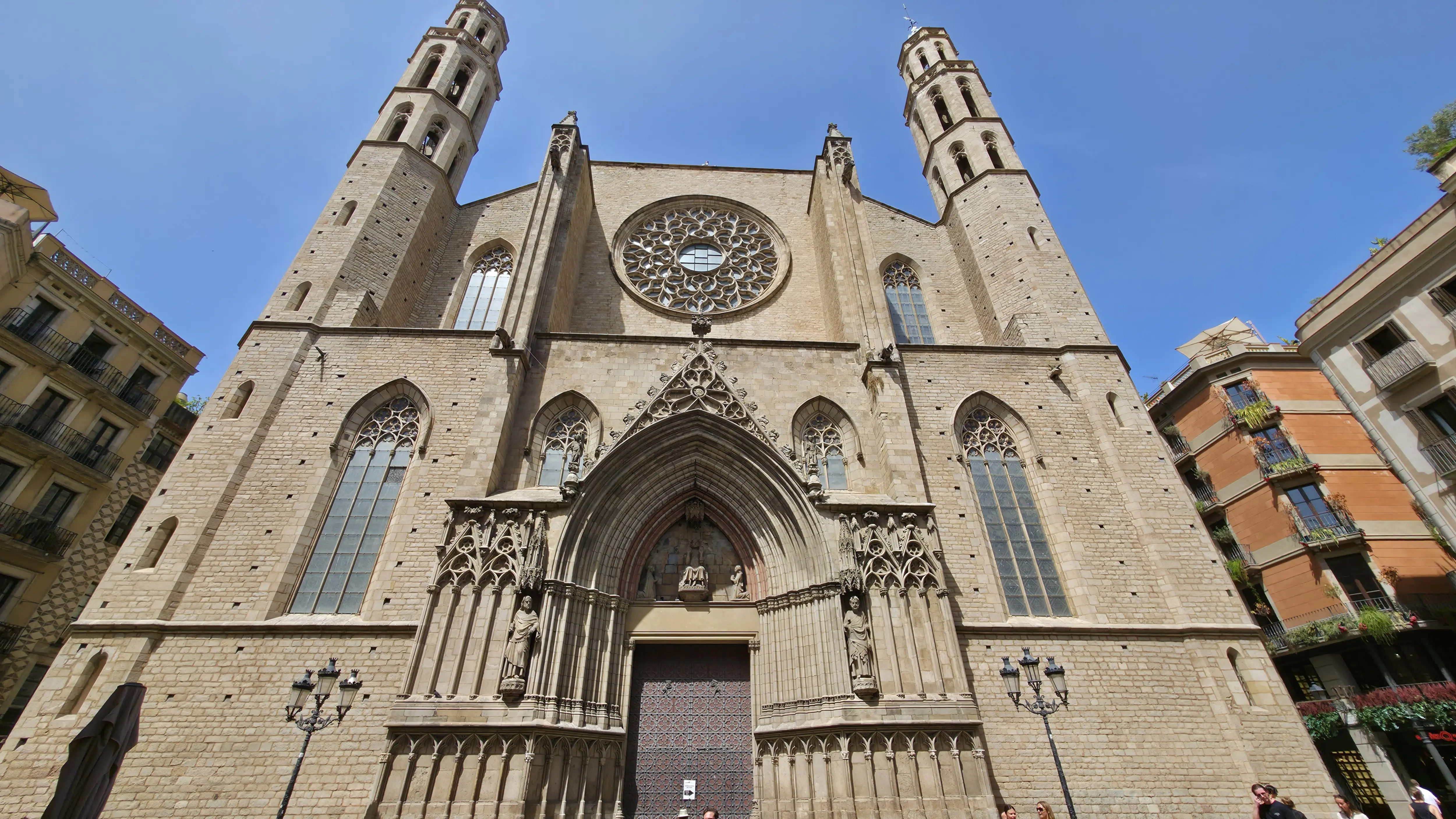
Its architecture is striking in its simplicity: slender columns soar like tree trunks, supporting a vast, luminous space bathed in soft colored light. The acoustics are extraordinary, and if you’re lucky, you might catch a live choir filling the nave with echoing voices. Standing inside, it’s easy to understand why this church became a symbol of Catalan pride and perseverance. It’s a space that invites awe, reflection, and quiet gratitude.
3. Picasso Museum
Set within five interconnected medieval palaces, the Museu Picasso holds one of the world’s most extensive collections of Picasso’s early works, many created during his formative years in Barcelona. The museum showcases his evolution from academic realism to the experimentation that defined modern art. You’ll walk through rooms filled with sketches, portraits, and the famous Las Meninas series – 45 reinterpretations of Velázquez’s masterpiece, revealing Picasso’s genius for reinvention. Even beyond the art, the museum’s courtyards and Gothic arches exude a serene, timeless beauty that makes the visit unforgettable.
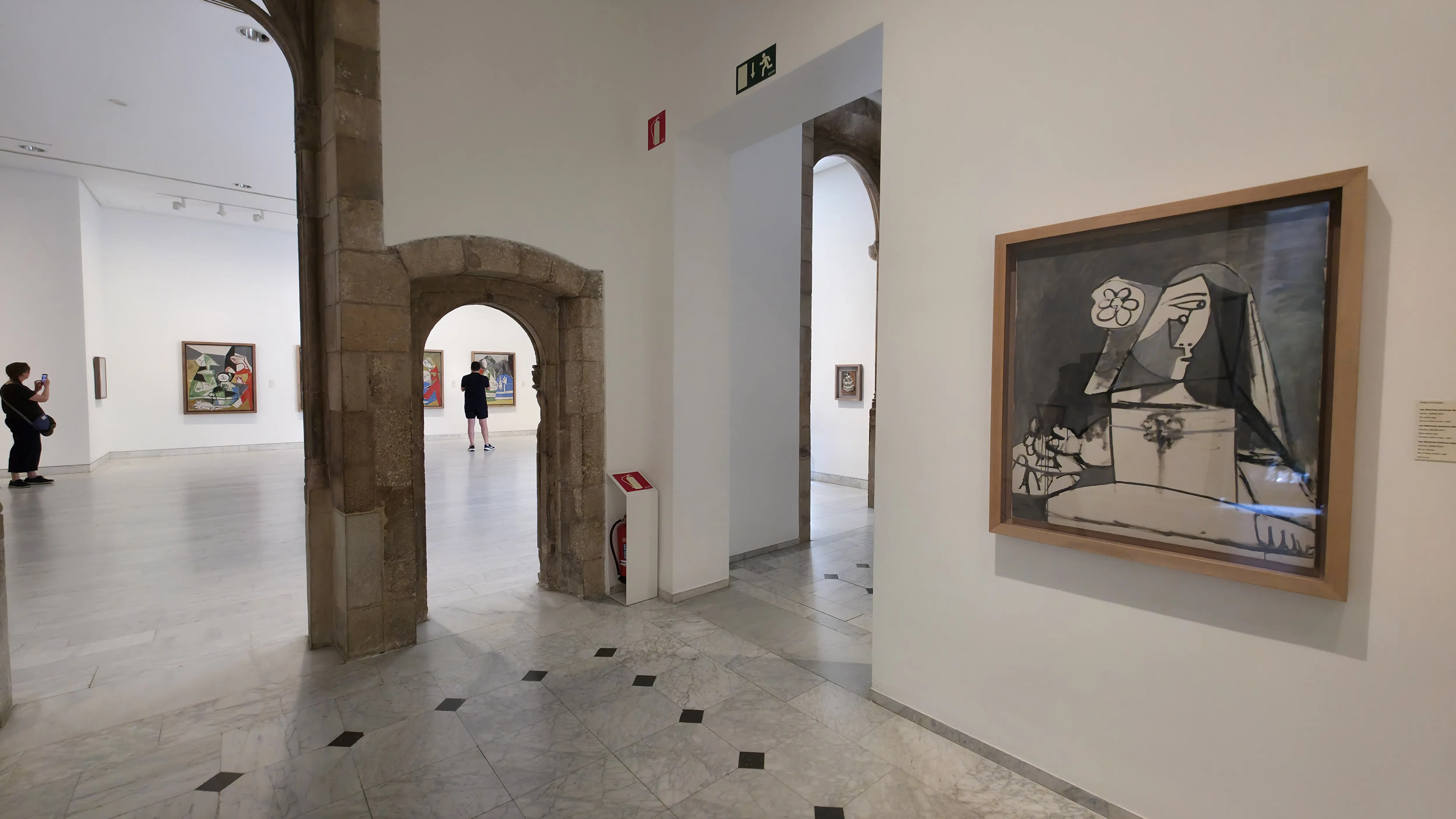
4. Carrer del Rec & Carrer de l’Argenteria
These streets are the artistic heart of El Born, lined with boutique shops, jewelry ateliers, and vintage treasures. Every window display feels like a curated gallery of creativity. Carrer de l’Argenteria, historically the center of the precious metals trade, remains lined with artisan jewelry shops and design boutiques. Carrer del Rec offers vintage finds and eclectic pieces for those seeking something unique. If you love design, fashion, or handcrafted items, this is where Barcelona’s modern artisan culture shines. You can find handmade jewelry, minimalist ceramics, and carefully curated design pieces, each reflecting the neighborhood’s commitment to craftsmanship and artistic expression.
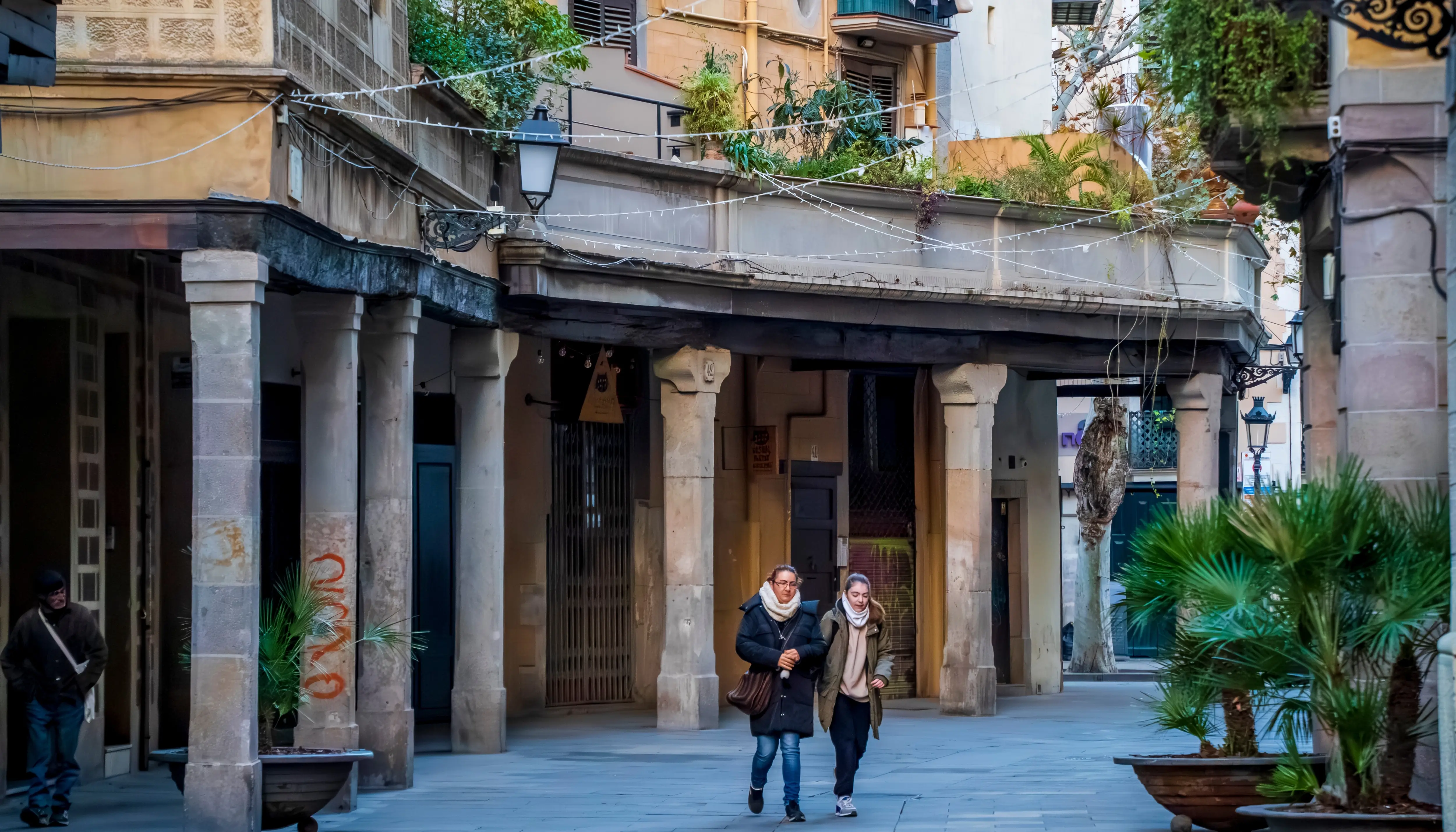
5. Passeig del Born
Once a jousting arena, this tree-lined promenade now serves as El Born’s beating heart. During the day, it’s filled with families, artists, and street musicians. By night, candlelit tables spill onto the sidewalks, and the air hums with the sound of conversation and clinking glasses. It’s the perfect place to pause, maybe with a coffee, maybe with cava, and simply absorb the rhythm of the city around you.
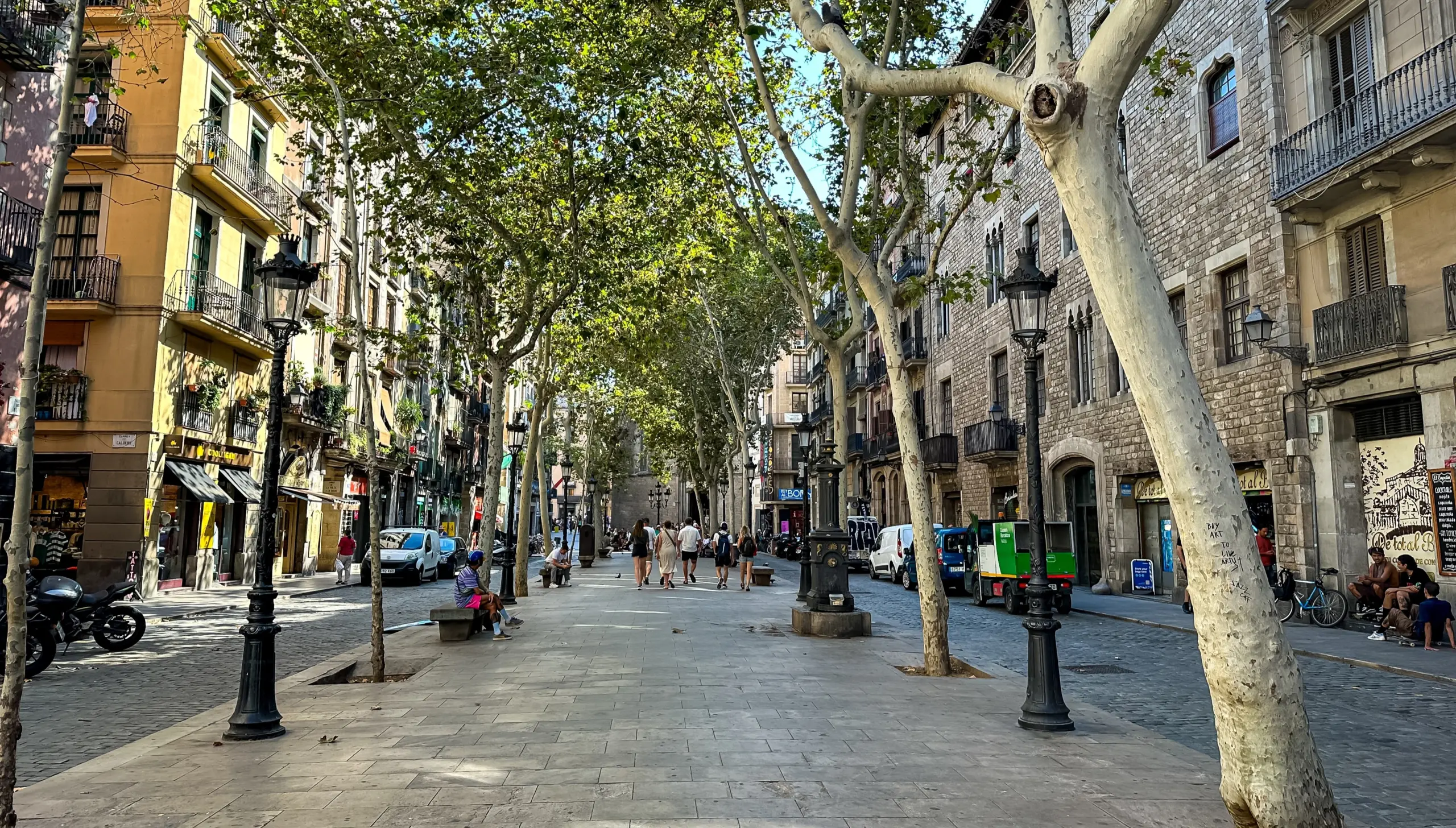
Nightlife & Ambience
When the sun sets over El Born, the neighborhood takes on an entirely new rhythm. The golden glow from the streetlamps reflects softly off the ancient stone walls, and the quiet hum of conversation drifts through open windows. The scent of warm bread, candle wax, and sea air mingles in the breeze, giving the evening an almost cinematic feel.
As you wander through its lantern-lit alleys, you’ll pass musicians playing gentle melodies, couples sharing whispered laughter on terraces, and artists sketching by the soft glow of café lights. The soundscape is alive but never overwhelming, more a collection of small, beautiful moments than a party scene. El Born at night feels spontaneous yet serene, intimate rather than loud. It’s the kind of place where time slows down, where you can stroll without direction, lose yourself in the beauty of the streets, and feel, just for a while, like you belong entirely to the city.
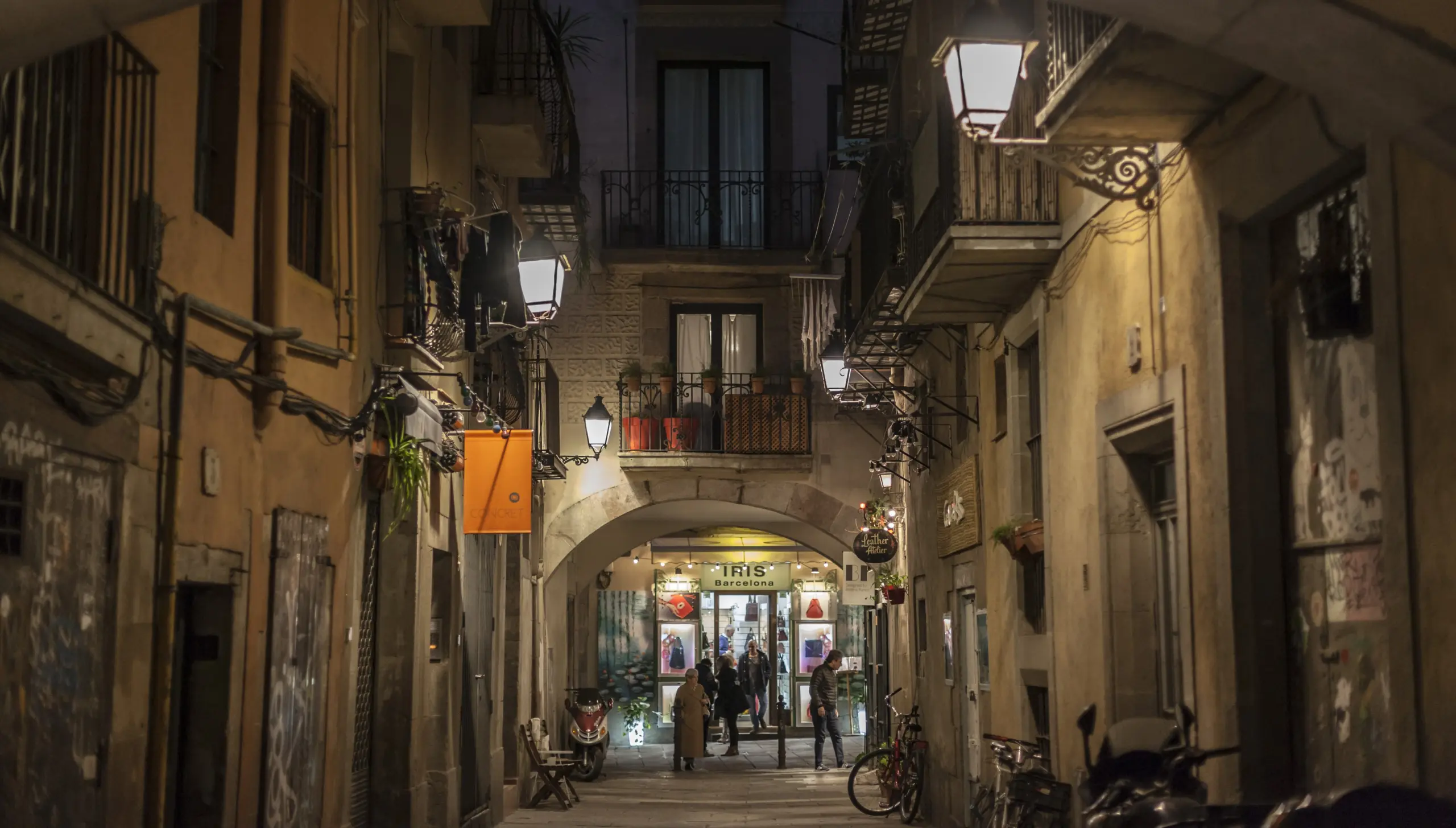
Through My Eyes
One sunny afternoon, I wandered through El Born without a map, just following the rhythm of the streets. The light was golden, filtering gently through the narrow passageways, and I found myself looking up more than forward. Balconies overflowed with bougainvillea and ivy, their wrought-iron railings casting delicate shadows on centuries-old stone. The air smelled faintly of coffee and citrus, and from time to time, I’d hear the creak of a wooden shutter opening or the distant echo of a church bell.
I paused often, to admire a carved doorway, a tiled façade, or the soft curve of an old archway that had weathered countless stories. Every corner seemed to hold a small secret, a reminder of how Barcelona’s beauty is often found in its quiet details rather than its grand gestures.
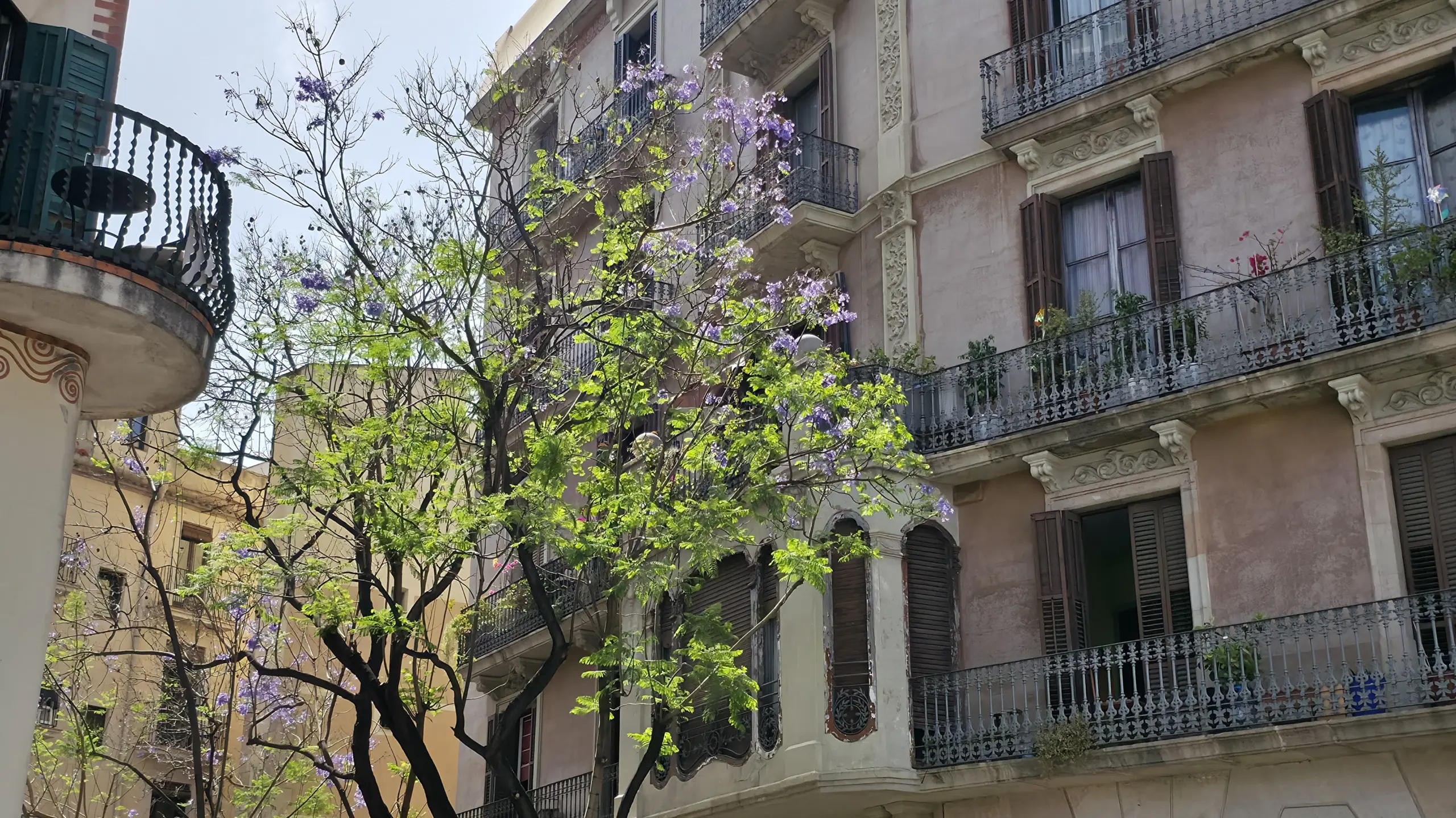
It wasn’t about rushing from one landmark to the next; it was about feeling the soul of the neighborhood – vibrant yet calm, aged yet alive. By the time I reached the edge of the quarter, the afternoon light had turned amber, and I remember thinking: this is why I travel – to notice the simple, beautiful things most people walk right past.
Bubbly Tips
- Best Time to Visit: Morning for quiet wandering; evening for its golden light and lively terraces.
- Nearest Metro: Jaume I (L4) or Barceloneta (L4).
- Don’t Miss: Santa Maria del Mar, El Born Cultural Centre, and the boutiques on Carrer del Rec.
- Photo Tip: Capture the soft pastel tones of the streets around golden hour, they photograph beautifully against the wrought iron and stone façades.
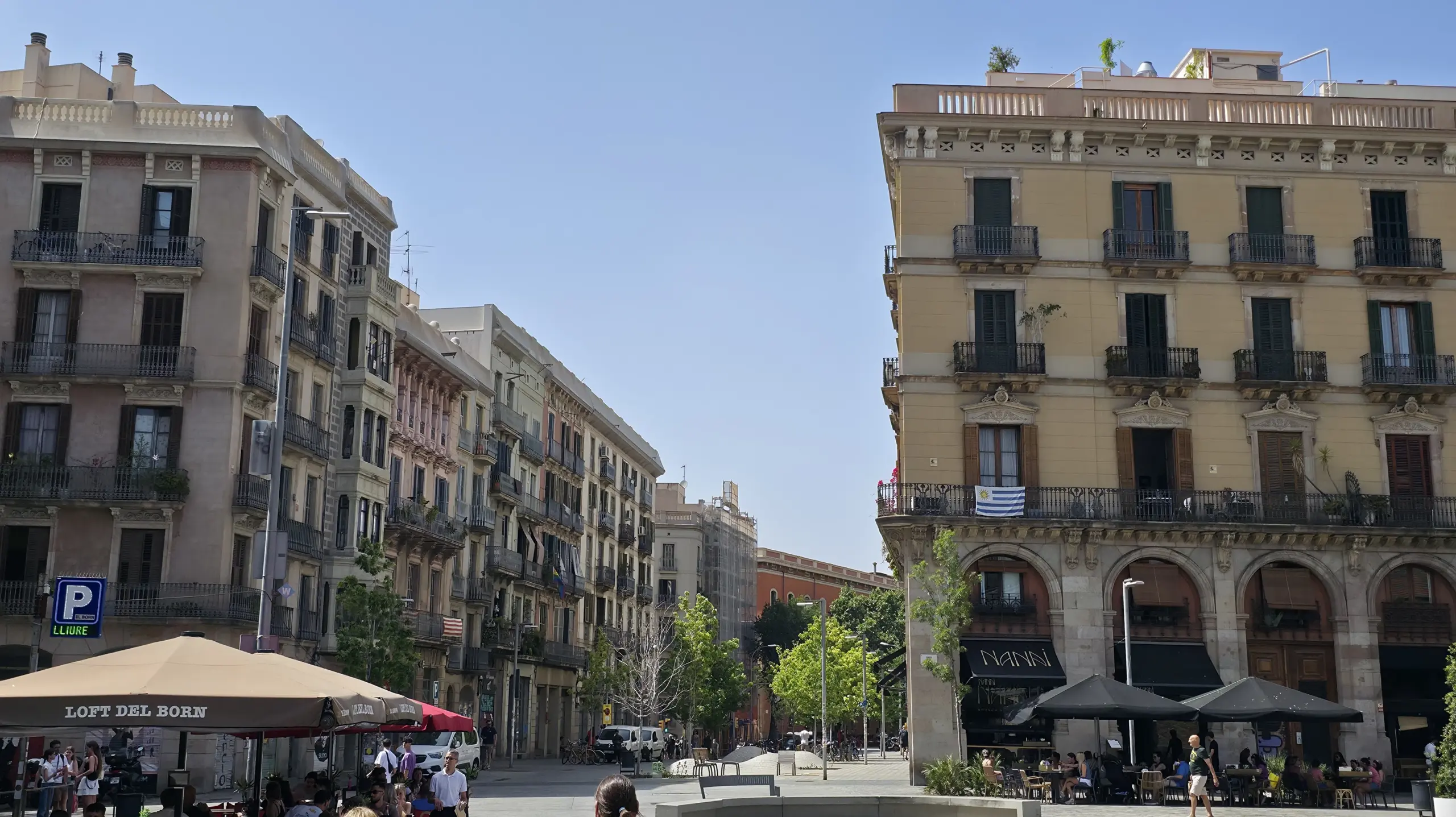
Final Thoughts
El Born is the heartbeat of Barcelona, a district where history and creativity live side by side, where art spills onto the streets, and every corner holds a surprise. It’s not about ticking off landmarks; it’s about embracing the feeling of discovery, that quiet moment when you turn a corner and find beauty waiting unexpectedly.
If you’ve wandered through El Born, I’d love to know what captured your heart most. Was it the echo of footsteps in a narrow alley, the glow of candlelight through a window, or the grandeur of Santa Maria del Mar?
Share your favorite memories in the comments below. I can’t wait to hear your stories.
Until next time,
Bubbly💕

